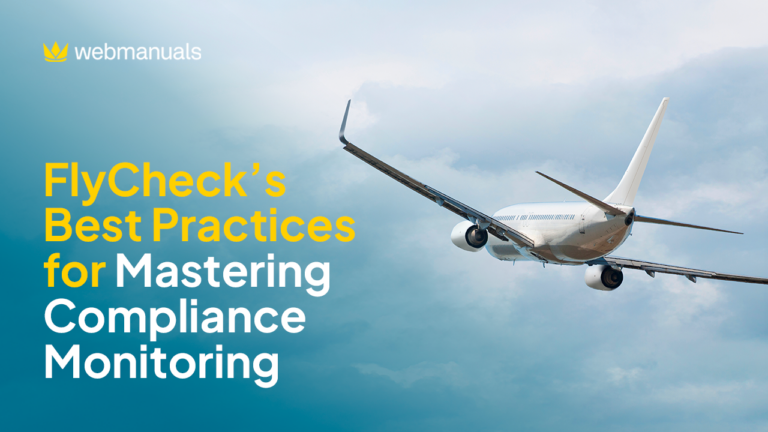(Not so) Great Expectations
Aviation regulations are constantly developing and, in Europe at least, we have seen several new iterations published in recent years that will require implementation this year. The European Aviation Safety Agency (EASA) is directly responsible for the development and standardization of aviation safety regulations in Europe and it is a requirement for aviation businesses in its member states to ensure they are up to speed.
As far as European operators are concerned, there will be no big changes this year in terms of new regulations; instead, there will be a strong focus on implementation and ensuring aviation businesses are compliant, ahead of the relevant timeframes. For example, a new standard related to the best practices for the evaluation and use of electronic flight bags must be implemented by relevant parties within the next six months, so it is going to be very interesting to see how this pans out. We can also expect to see amendments made to existing regulations, in order for them to remain current and relevant to the industry.
What’s trending?
The hottest trend in aviation right now is Electronic Vertical Takeoff and Landing (eVTOL) and Unmanned Aerial Vehicles (UAVs). Everybody in the industry is talking about them and, of course, if they are ever to enter the mainstream marketplace, they will require extensive regulation like everything else. Their introduction to the masses will likely be much further off than some governments and industry experts are reckoning as, being a brand-new technology, the entire infrastructure needs to be built from the ground up.
In terms of trends related to regulations, EASA has been shifting from a prescriptive stance to a much more adaptable one in recent years and we expect this to continue. Of course, enforcing regulations is a necessity if safety is ever questioned, but EASA has made a number of its recently published regulations adaptable to better suit the needs of individual aviation businesses, related to their size, operations, complexity and risk. However, significant incidents or accidents can quite easily reverse this methodology as, for example, was the case with the Germanwings air crash in 2015 which has enforced regulations related to psychometric and psychological assessments on all European Commercial Air Transport Flight Crew members.
Challenging times
Whilst there may not be any dramatic regulatory changes ahead, certainly for business aviation and commercial airline operators, implementation is going to be the year’s biggest challenge. Roughly 70% of EASA members are not compliant to the latest regulations, so there is a clear issue with the processes and procedures of implementation. This is where Web Manuals, together with its partnership with AeroEx to provide clients with access to our compliance libraries, can assist aviation businesses. Web Manuals’ document digitization solution ensures its clients are up to speed with the latest changed, updated and published regulations – saving them valuable resources and ensuring they continue to operate as safely and efficiently as possible.
Something that is continuing to cause much confusion and doubt is Brexit and we are still no closer to knowing how the aviation industry is going to be affected. It is possible that the fantastic progress EASA has made over the last 15 years, including introducing an EU-wide standardized pilot licence, could be erased. Of course, this is in nobody’s interest regardless of their political opinion, but it is still a deeply damaging prospect that, just a matter of weeks before Brexit is scheduled for, we are no closer to addressing.




